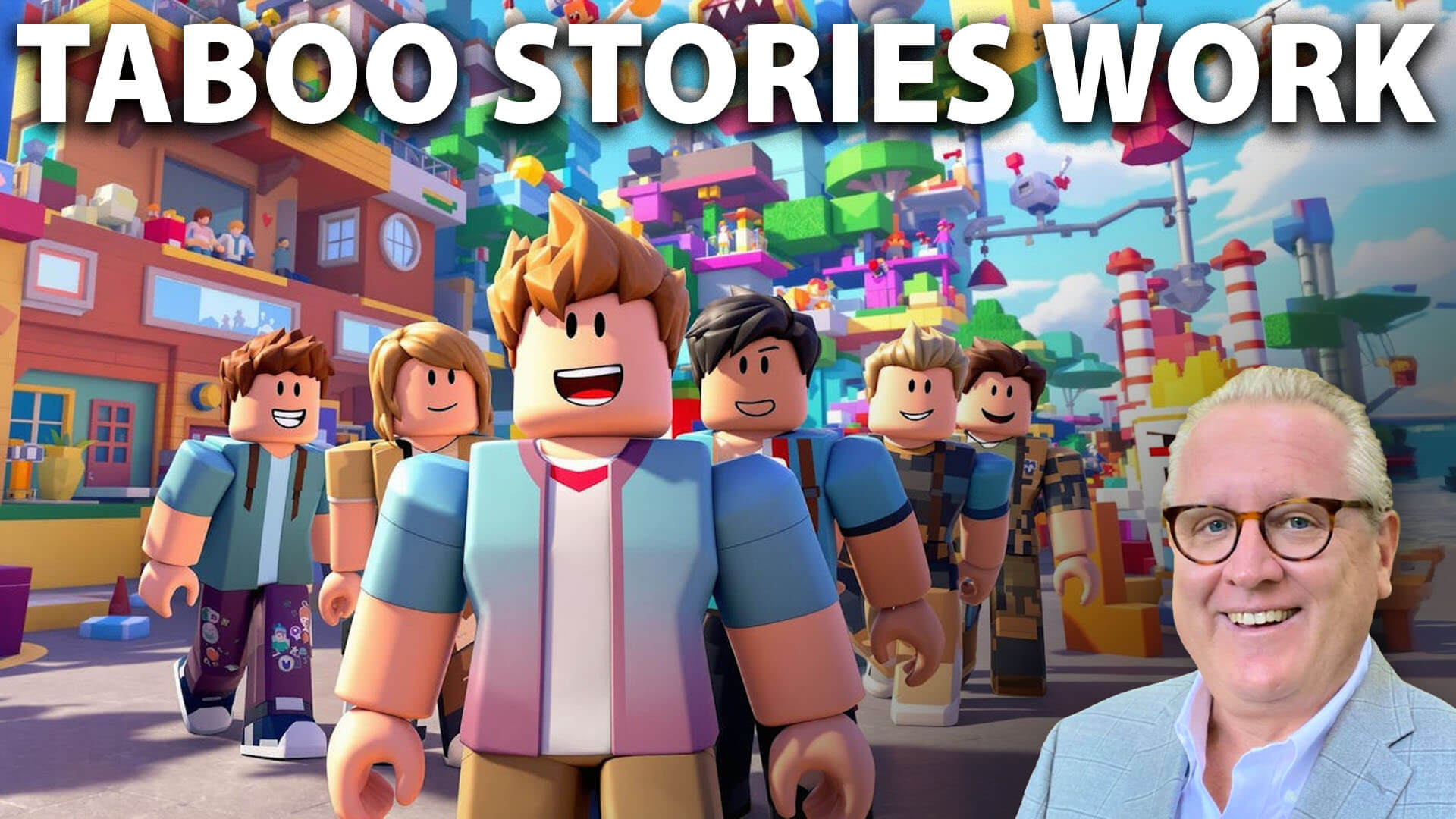Hybrid Publishers and Paid Publishing Services: Red Flags to Watch For
If you’re an author seeking a hybrid publisher or self-publishing assistance, it’s important to know what to look out for.


Today’s post is by author Joel Pitney, founder of Launch My Book.
“It takes them weeks to get back to me.”
“I have no idea where my book is published.”
“Royalties? What royalties? I haven’t seen a penny come my way and it’s been over a year.”
“The cover is fine, I guess. I didn’t have much control over the final product.”
“I wish I had talked to you months ago.”
These are just a few of the comments I’ve heard from authors sharing their experiences with the hybrid publishing companies they’ve chosen to work with. Sadly, I’ve noticed that these conversations have become more frequent in recent years. So if you’re an author starting out on your publishing journey, it’s important to know what to look out for.
In this article, I draw upon the experiences of the many authors I’ve worked with to present common red flags to watch out for.
It’s a confusing landscape for everyone.
Alongside the explosion in self-publishing has come a proliferation of companies that help authors publish. These range from freelancers who do the necessary work of self-publishing (cover design, interior layout, and more) to hybrid publishers who publish your book under their name for pay. And like other explosive industries throughout history (think gold rush or the dot-com boom), some of these companies are extremely opportunistic, offering aspiring authors the rainbow (bestsellers, a living wage, overnight success) and delivering something far less.
Unfortunately, many authors find they’ve paid a bunch of money to a company who made them big promises, and whose delivery is far worse than expected.
It’s understandable that many authors end up being scammed in this way. Book publishing is confusing, especially if you have little to no experience with it. When you google something like “find publishing help” or “self-publishing company,” you’re likely to get hundreds of results from a wide variety of companies and experts telling you which way to go. You’ll then get a whole slew of subsequent emails and social media ads perfectly targeted to you. Many of these companies are REALLY good at marketing their services to you. They know what motivates authors and what frustrates them; they make offers that promise to address those core needs.
Don’t get me wrong. I’m not against hybrid publishing, or other professional companies that help with self-publishing. I think this is a wonderful option for many people, and there are plenty of solid companies out there. What I am against is the dishonesty and and expectation-inflation I’ve encountered through the experiences of my clients in recent years.
Every time I hear another bad publishing story, I go check out the company for myself. I’ve started to notice common patterns in how such companies present themselves, and I’ve put together a list of tips to help you avoid the bad actors. I’d love to hear your experiences, thoughts, or disagreements in the comments section!
Avoid companies that use hype-filled language.
The number one warning sign to look out for is hyperbolic language and big promises on the company’s website or in their advertisements. I’m sure you’re familiar with this kind of thing. Many services use phrases like “bestseller,” “sell your first 10k copies,” or “achieve your dream of being an independent author” to reel you in. One site I visited added the following language to the top of their contact form: “Talk to a bestseller consultant today.” They want to sell you on the dramatic success of your book.
I’m not a pessimistic person, and I’m not against being ambitious about sales and shooting for bestsellers. But it’s important to acknowledge the reality that it’s very rare for self-published books, especially by first-time authors, to achieve the level of success that many companies imply. Hitting a bestseller list (beyond the easily hackable Amazon sub-category bestsellers) is a herculean task. And I believe it should be. So is achieving profitability on your first book.
Like any business, it takes time to build a successful platform for your book. You’ve got to invest time, money, and effort in your platform, experiment with many marketing techniques, and engage and grow your audience over time. It simply doesn’t happen overnight. And yet many of these companies prey upon the ill-informed expectation that it could. So if you see big promises to deliver amazing, super-awesome results in record time, be very wary.
Don’t be fooled by the publisher’s seeming selectivity.
Some companies present the air of selectivity, to make the authors they “choose” to publish feel special. By this, I mean that they use a gimmick: authors are required to submit their manuscript for review, making it seem as if your book needs to meet a certain standard threshold. They tell you that they’ll review it and determine whether or not they want to publish it. In this way, they make themselves appear to be more like a traditional publisher.
But the truth of the matter is that few companies are actually as selective as they make themselves out to be. They will generally accept anyone who’s willing to pay for their services. There’s nothing wrong with that! But they should be honest about it.
A similar dynamic is often at play with hybrid publishers associated with traditional publishers. They often tell prospective clients that the “main” publisher they’re associated with will choose the bestselling self-published titles each year and give them traditional deals. While this may be true, it’s oversold; a tiny number ever receive such an offer.
If you see a live chat, run away!
Many companies have found the right balance between price and volume to maximize their profits. I’ve certainly done a lot of that analysis with my own business. But scaling up can come at the expense of quality and customer service. Large publishing service companies churn out hundreds of books a year and often find the cheapest workforce to deliver on their services.
This leads to poor design (we’ve all seen plenty of covers, for example, that clearly look self-published) and poor customer service. Account managers are assigned too many authors for them to handle, and have poor response times, overlook important details, and aren’t in touch with the unique needs of their clients. And this leads to the kinds of negative experiences I hear about.
So what do live chats have to do with this? Well, if a company has a live chat option on their website (probably delivered by a bot instead of a real person), they’ve likely scaled to a point that their delivery is going to suffer from low quality and poor customer service. These are all signs that a company is too big to provide the kind of service you deserve. It’s not a 1-to-1 equation, of course, and there are probably some good companies out there who offer live chat. But having that kind of functionality, or other indications of scale, is definitely an indication that you should be careful.
Do your homework. Ask questions about what kind of service you can expect. Ask how many books they publish each year and how many other clients your account manager will be working with. And, of course, check their work, which we’ll cover later.
Bargain prices aren’t in your favor.
I’m really sorry to say this, but when it comes to book publishing, you really do get what you pay for. You don’t have to pay premium prices, but in my experience, if you’re on the discount end of the spectrum, the quality of the finished product will also look cheap, and your customer service will likely be poor. So when you’re assessing a company (or freelancer), beware of low prices. Additionally, avoid companies offering limited time offers and 50% off discounts as if you were at a used furniture store.
Take it from someone who publishes books for a living: there’s a reason these companies are offering their services for cheap. Their delivery is going to be second- or third-rate. It’s just not possible to do high quality work at discounted prices in this industry.
So what should you expect to pay? I’ve done a lot of research on this topic, surveying different company websites and comparing prices. At the high end, you’ll likely pay $10,000–$15,000 for the basic services you need to get your book published (copy editing, cover design, interior formatting, and distribution setup). That doesn’t include high-level editing, book marketing or publicity, or paying for a print run, which some services recommend or sell.
On the opposite end of the spectrum, some discount companies charge in the realm of $1,000 to $2,500 to do the same work. And for those prices, it’s likely the work will be low quality.
Don’t get me wrong, paying a lot doesn’t guarantee better quality. Middle and higher tier companies can also deliver low quality work with poor customer service—you’ll just pay more for it. For example, in the past year alone, I’ve worked with two different authors who originally published their books with one of the most popular self-publishing companies (I don’t want to mention their name). The company charges upper to middle tier prices, but their work was of such poor quality and their customer services so unfriendly that these authors decided to break their contracts and re-publish their books, at a high expense to them. Sadly, this kind of experience is more common than you’d expect.
So how do you protect yourself from these kinds of experiences? Check their work.
Beware of shoddy work.
One of the easiest ways to determine the quality of a book publishing company is to check out the books they’ve published in the past. This may seem simple on the surface. For example, many companies will simply list some of their clients right on the website. But I suggest digging a little deeper to get the most accurate picture possible. Here are a few tips.
What do their covers look like?
This is the most obvious sign of a company’s quality. The vast majority of publishing companies will include covers of books they have published right on their website, and these will give you a quick and easy sense of the quality of work they do. You can also dig deeper than the covers they’re showing you on the site. Go search on Amazon—enter the publisher name into the search window to get a broader list of the titles they’ve published.
How do you perceive quality in cover design? Even to the untrained eye, a good, professional cover should stand out from one that is unprofessional and sloppy. To get a benchmark, take a look at covers of similar genres from big name traditional publishers. One thing I tend to focus on is the relationship between the background images and text on a cover. Pro designers integrate these elements elegantly, whereas lower end cover designs tend to have a lot of awkward contrast between the two.
Check out the book interiors
Interior layout design is as much of an art as cover design. The interior layout is essentially how the book looks on the page, including fonts, headers, page numbers, spacing, and more. And like other design elements, there’s a spectrum of quality among publishers. The best way to review the work of a publisher is to look up their titles on Amazon and use the “Look Inside” function on the book detail page. You can then scroll through a sample of the interior and get a sense of the quality of the work they do.
Did they actually publish the work they are listing?
The other day I took a call from an author who wanted to know what I thought of a particular hybrid publishing company that he was considering working. I went to their website and saw all the red flags listed in this article, so my hackles were up. When I started scrolling through the books they claimed to have published, something caught my eye—a very famous book, which I knew for a fact had been published by one of the big traditional publishers. I did a little searching to see if I could find any connection between this company and the book, and there was nothing.
Unfortunately, this is more common than you’d expect. I don’t know how they get away with it, but many companies list books they did not work on. So if something seems a little too good to be true, do some digging to see if their claims can be backed up.
What do their Amazon listings look like?
One of the often overlooked signals of a book’s quality is how it’s represented on Amazon. The publishing company, whether traditional or hybrid, is generally the one responsible for setting up a title on Amazon and will have control over the appearance of its detail page. And you can tell a lot from how good a job they do. Here are a few things to watch out for on the page:
- The descriptive copy: Is it compelling? Are there formatting errors?
- Is the “Search Inside” functionality set up for the book?
- How many categories is the book listed in? Good publishers will make sure the book is listed in at least three.
- Have they added professional endorsements and testimonials to the listing?
- Have they set up an Amazon Author Central profile for the author?
Does the company’s website appear professional and elegant?
This is a big one. It’s my conviction that if a company can’t put together a beautiful website, they definitely won’t do a good job on producing your book. A website reflects a company’s aesthetic sense, attention to detail, and level of visual care, and all three of these elements are crucial to producing a high-quality book. So if the website makes a bad impression, pay attention. There’s likely a strong correlation there.
Your personal calculus
At the end of the day, everyone is going to make their own decisions about which company to hire. And given the wide variety of options available, there’s definitely no one-size-fits-all rule for choosing a company to publish your book. Each one will have strengths and weaknesses, and you’ll need to decide which of those strengths are most important to you. You might even, for example, decide that quality is less important to you than money and choose a lower tier company, and that’s okay.
I just want to make sure that every author is as informed as possible when making such a significant decision as choosing a publishing partner. Whichever company you choose to work with should sincerely value the hard work you put into writing your book, so that your final product is one you can be truly proud of.
I’d love to hear about your experiences in the comments here. Have you worked with a publishing service company or hybrid publisher? And how did it go?












.jpg)
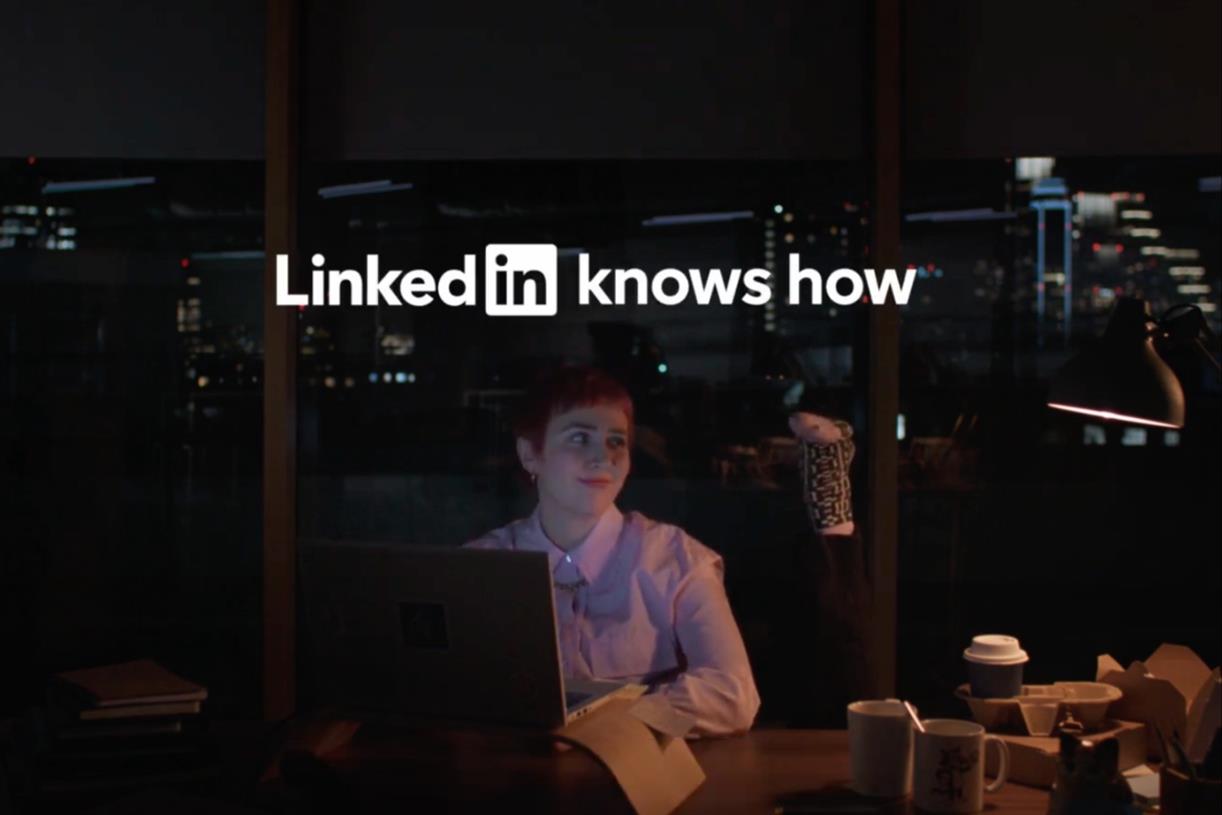























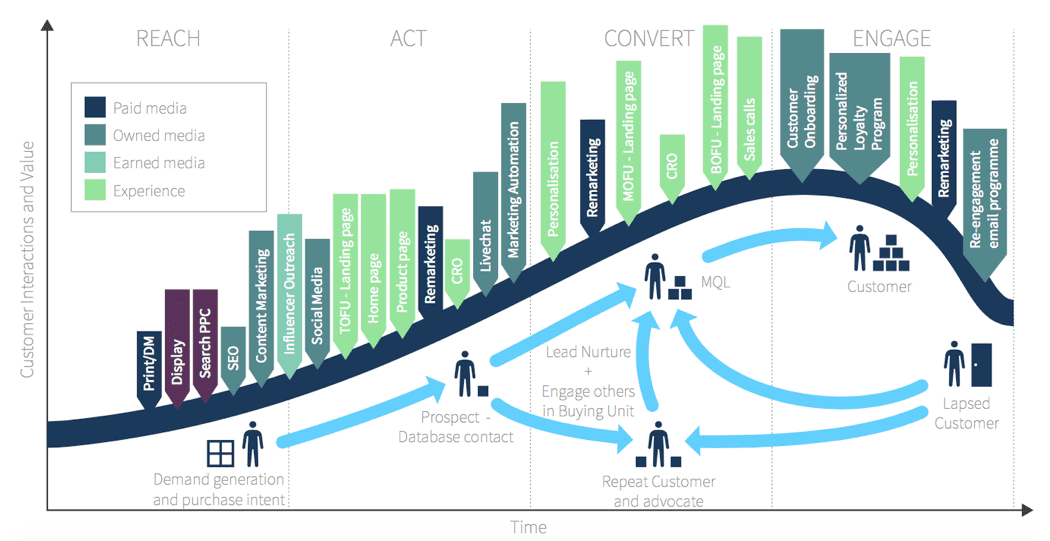
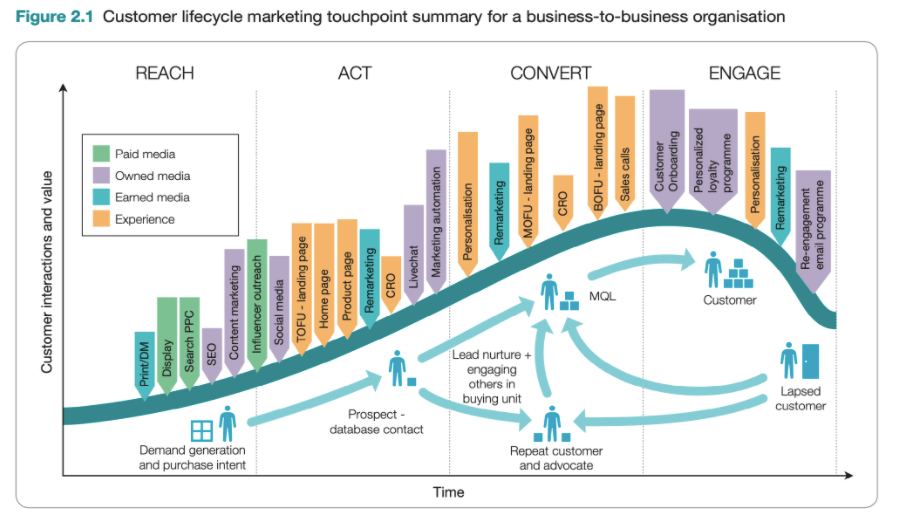
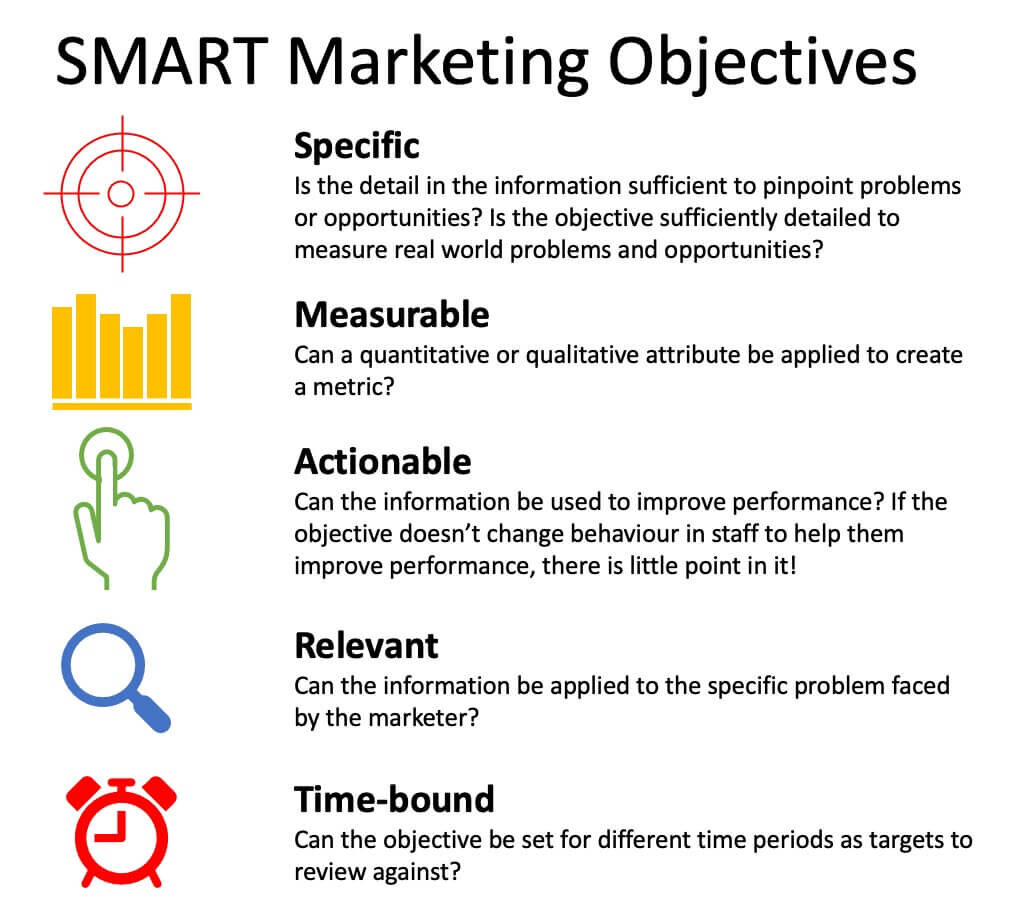
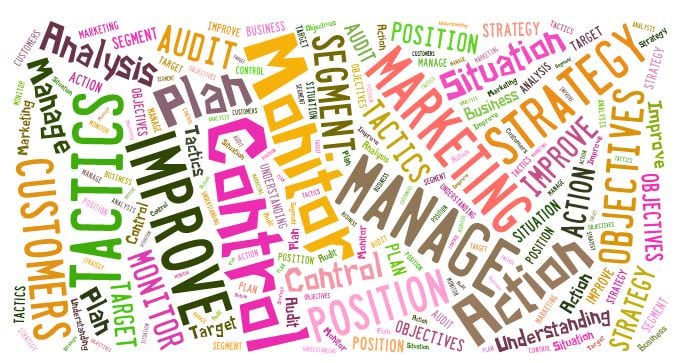
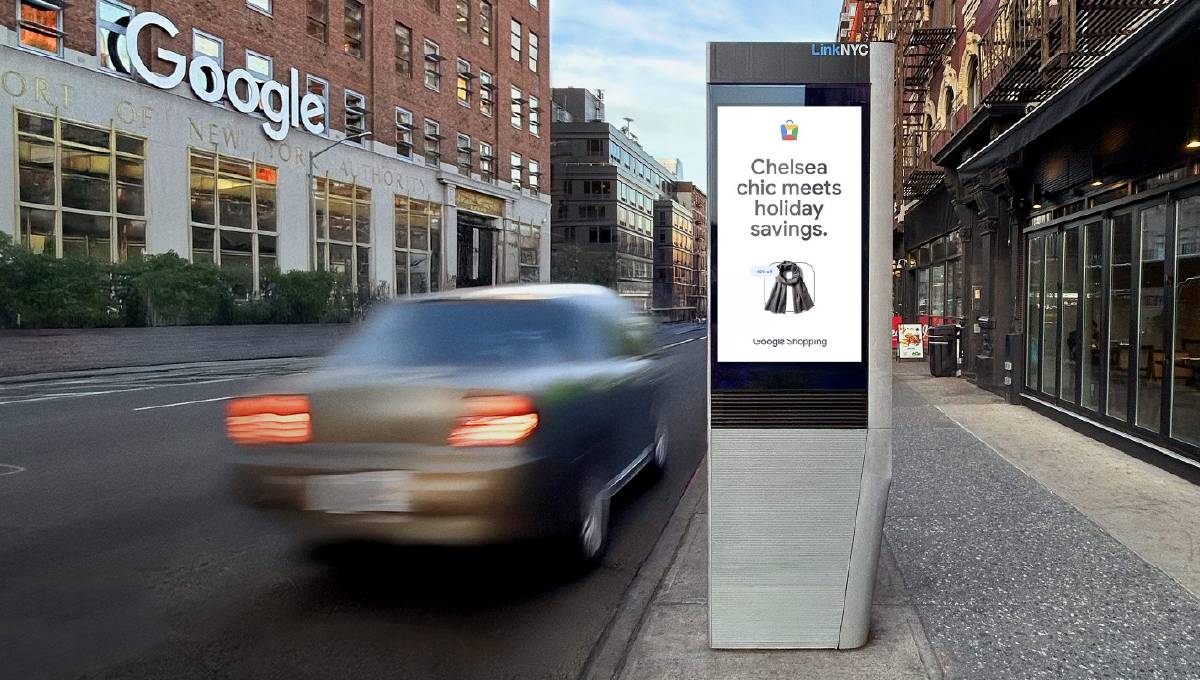







![How Marketers Are Using AI for Writing [Survey]](https://www.growandconvert.com/wp-content/uploads/2025/03/ai-for-writing-1024x682.jpg)

















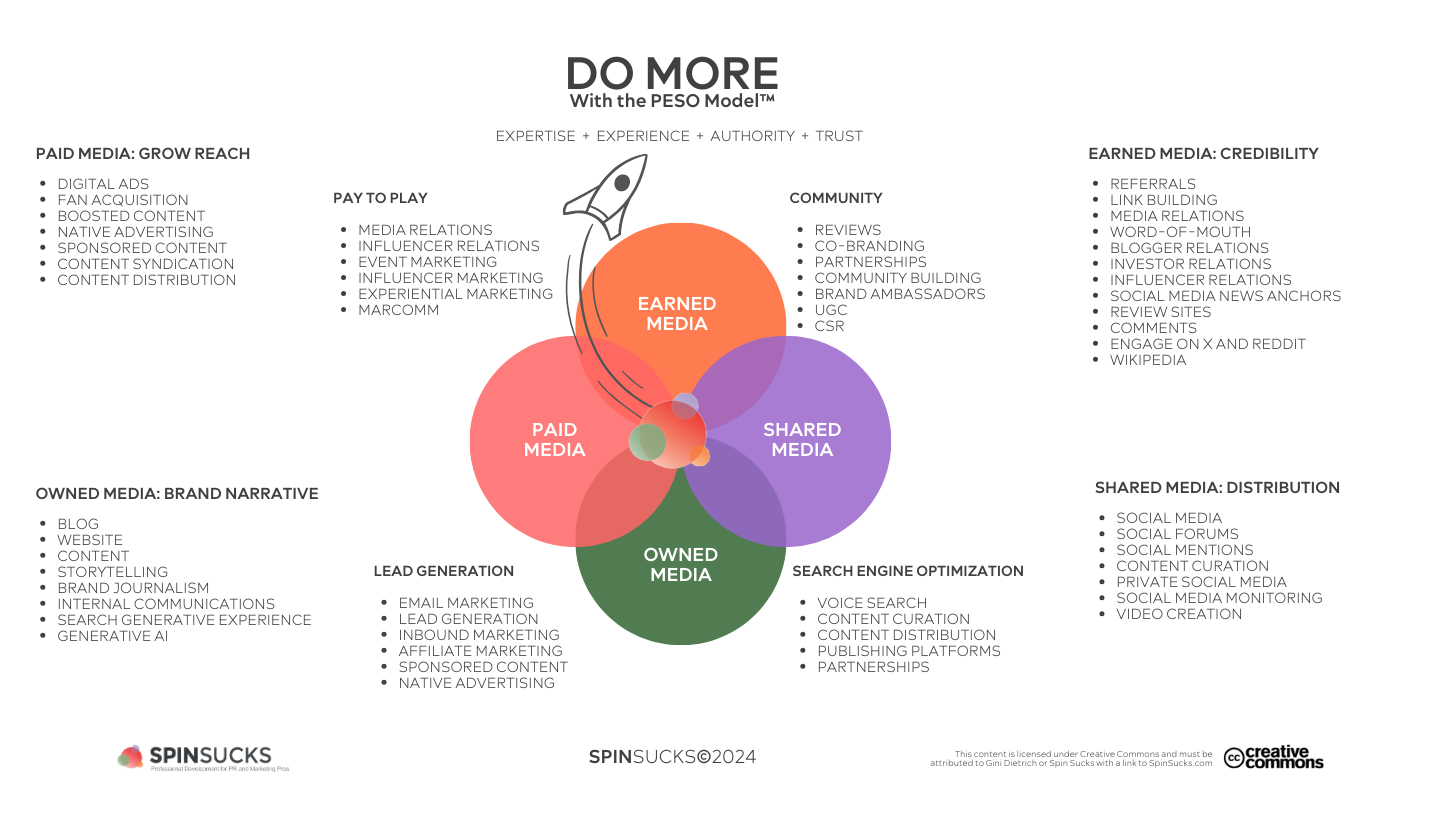




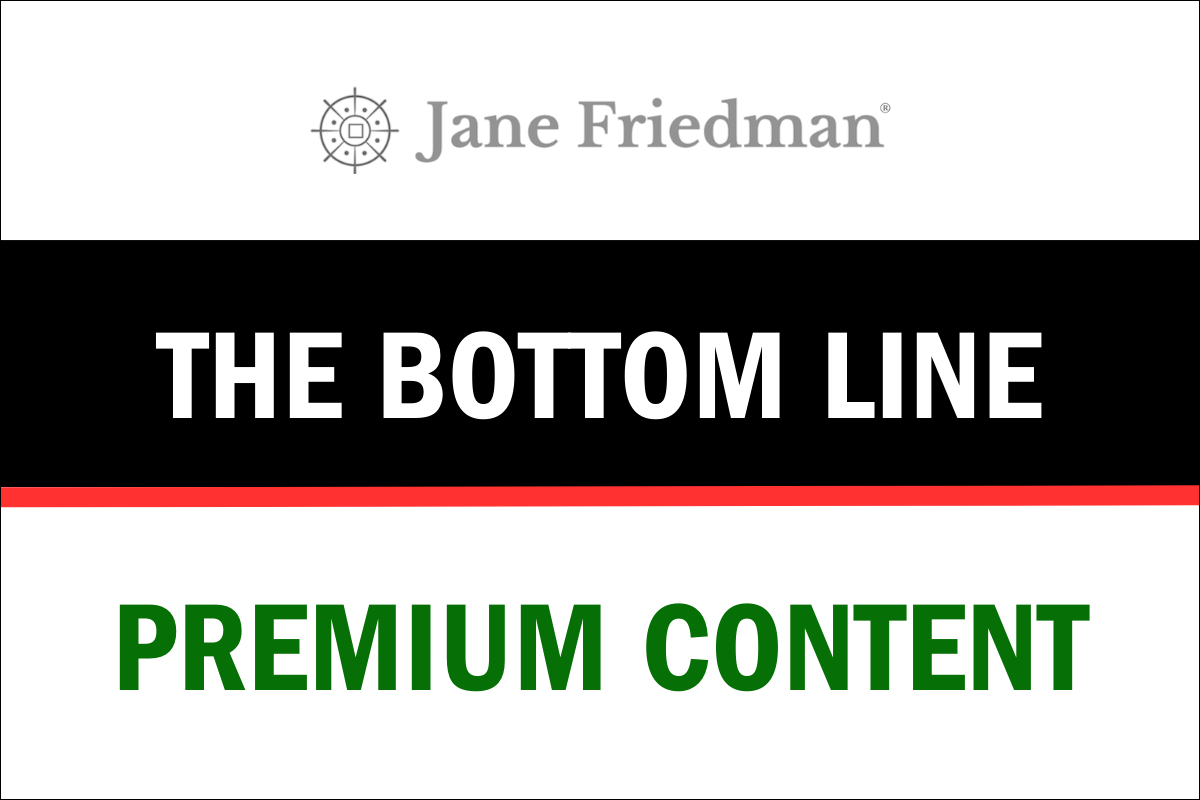












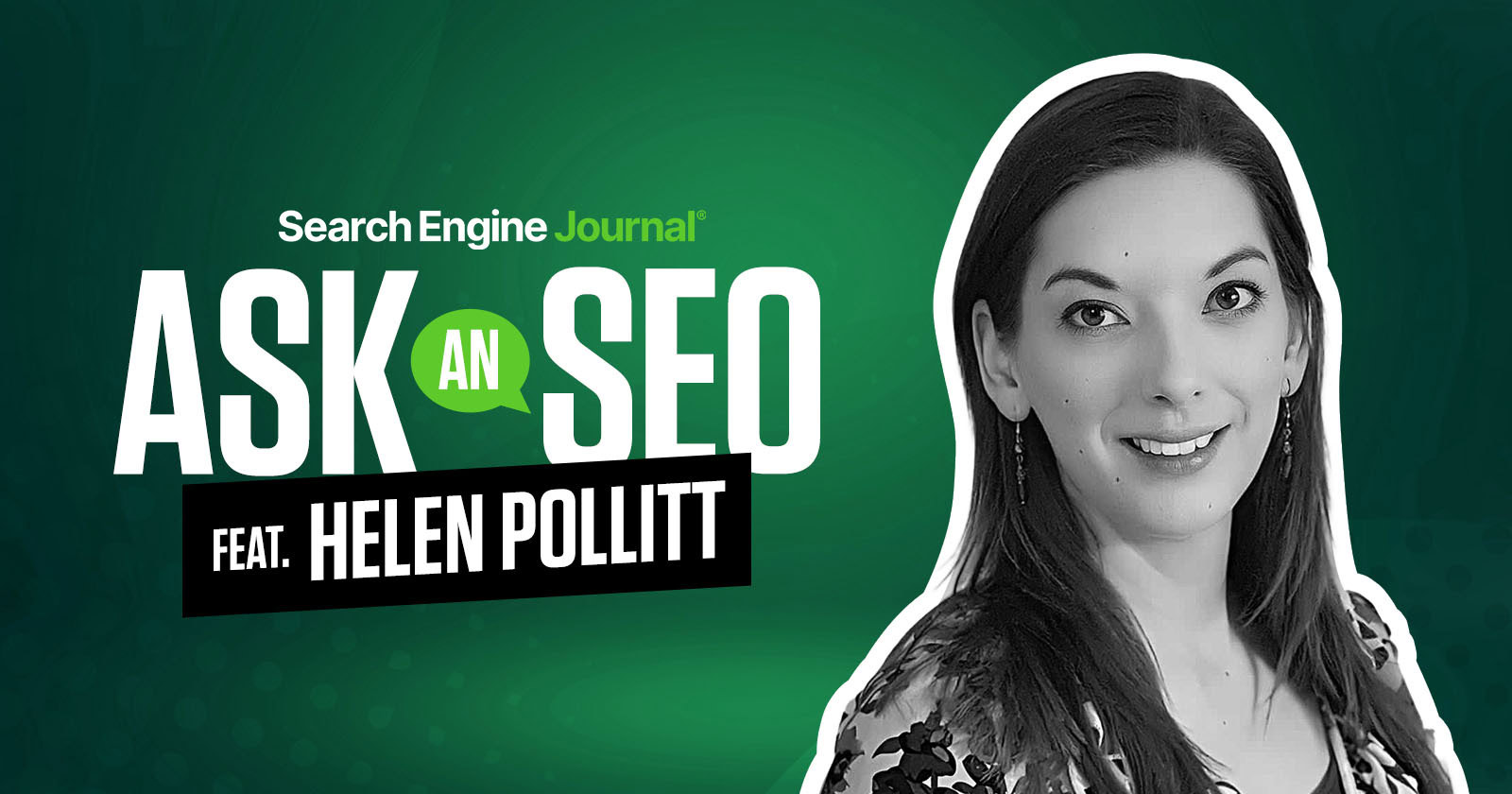














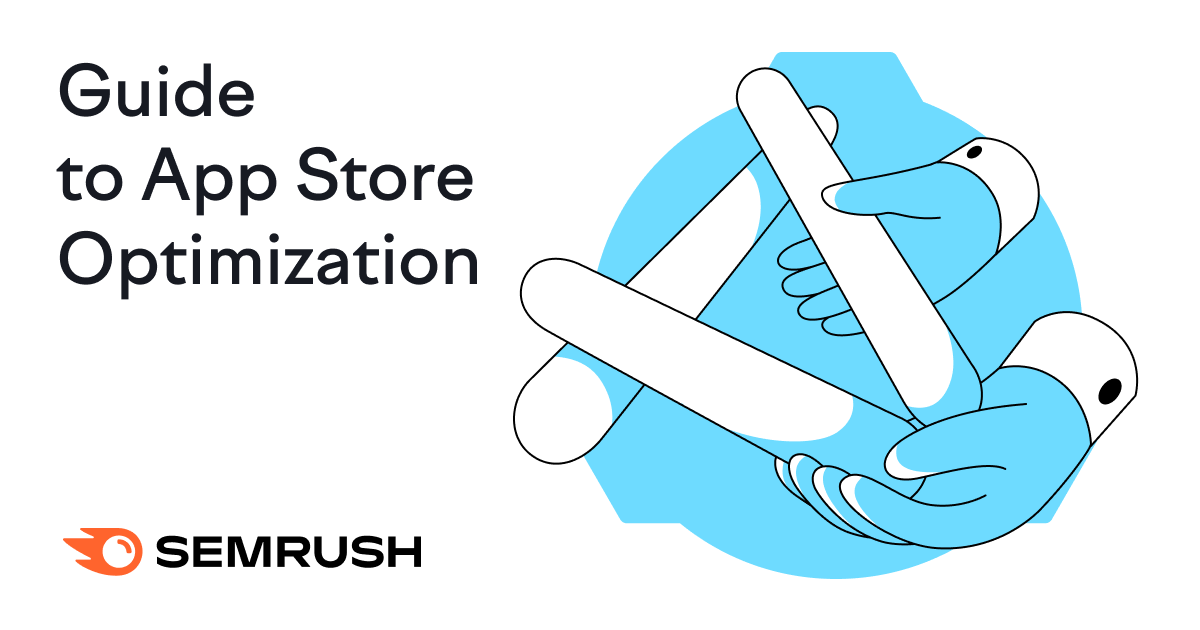


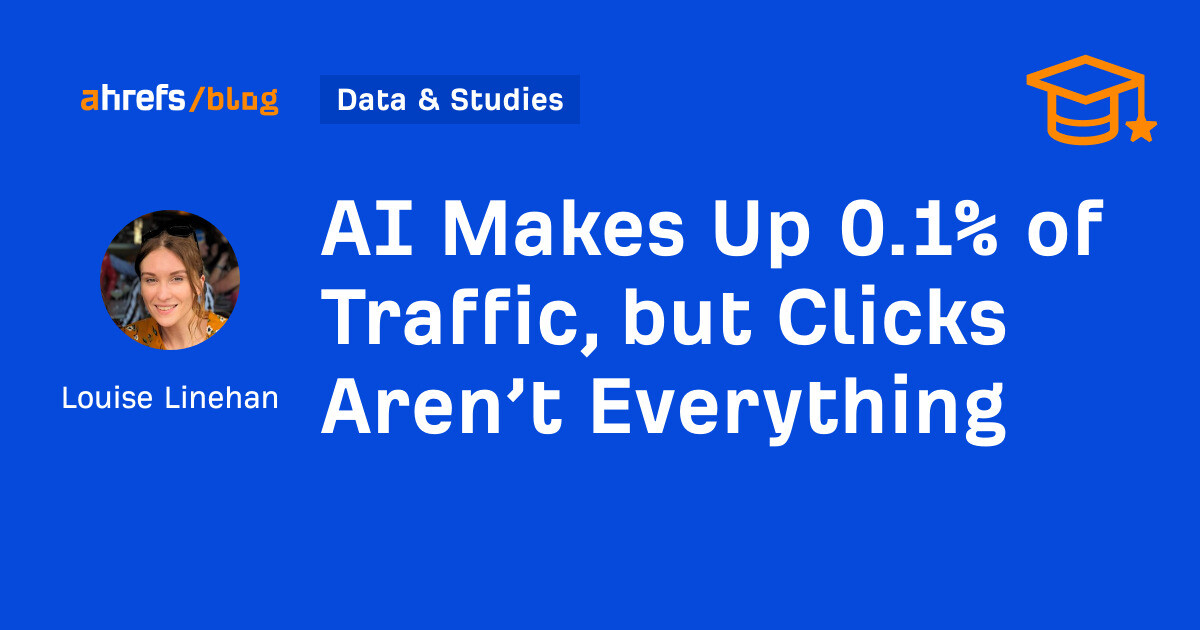
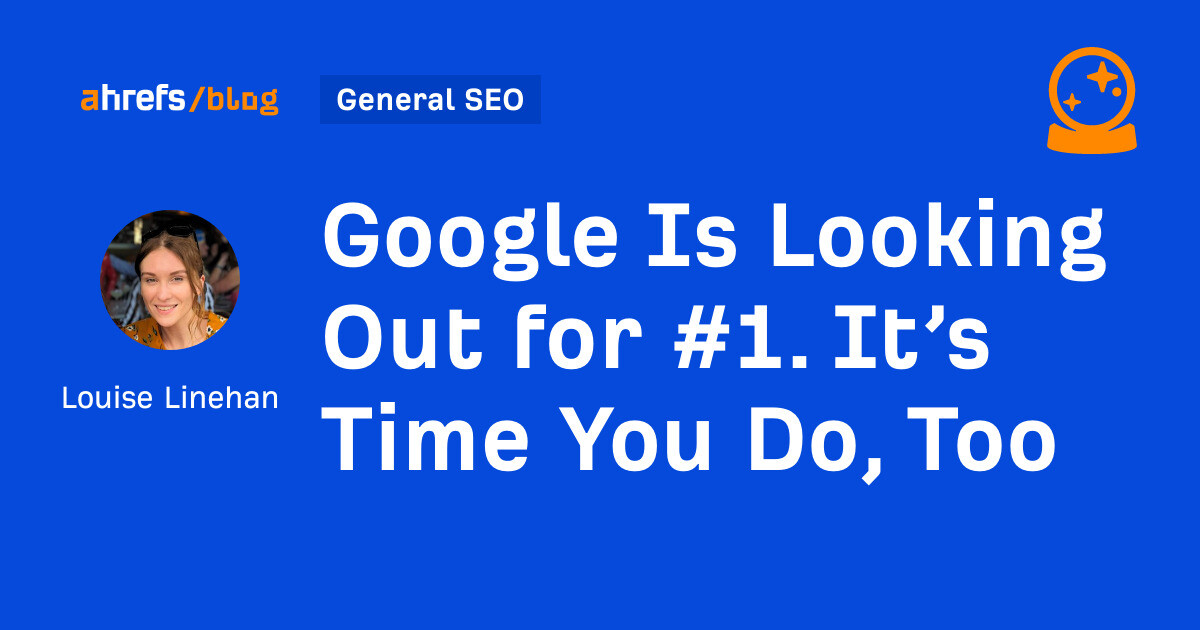
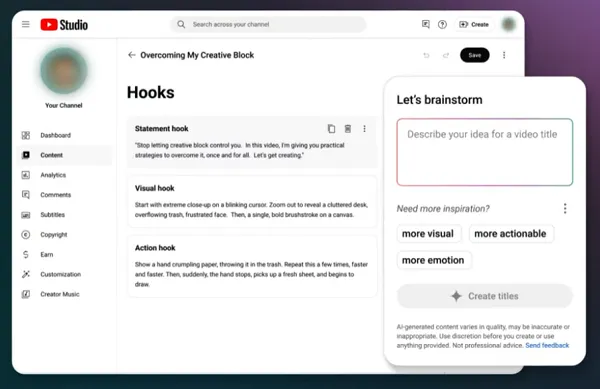














![311 Instagram caption ideas [plus free caption generator]](https://blog.hootsuite.com/wp-content/uploads/2022/07/instagram-captions-drive-engagement.png)



![Here’s Why Integrated Marketing Is So Effective [+ Best Practices]](https://www.hubspot.com/hubfs/Untitled%20design%20%2830%29%20%281%29.jpg)





